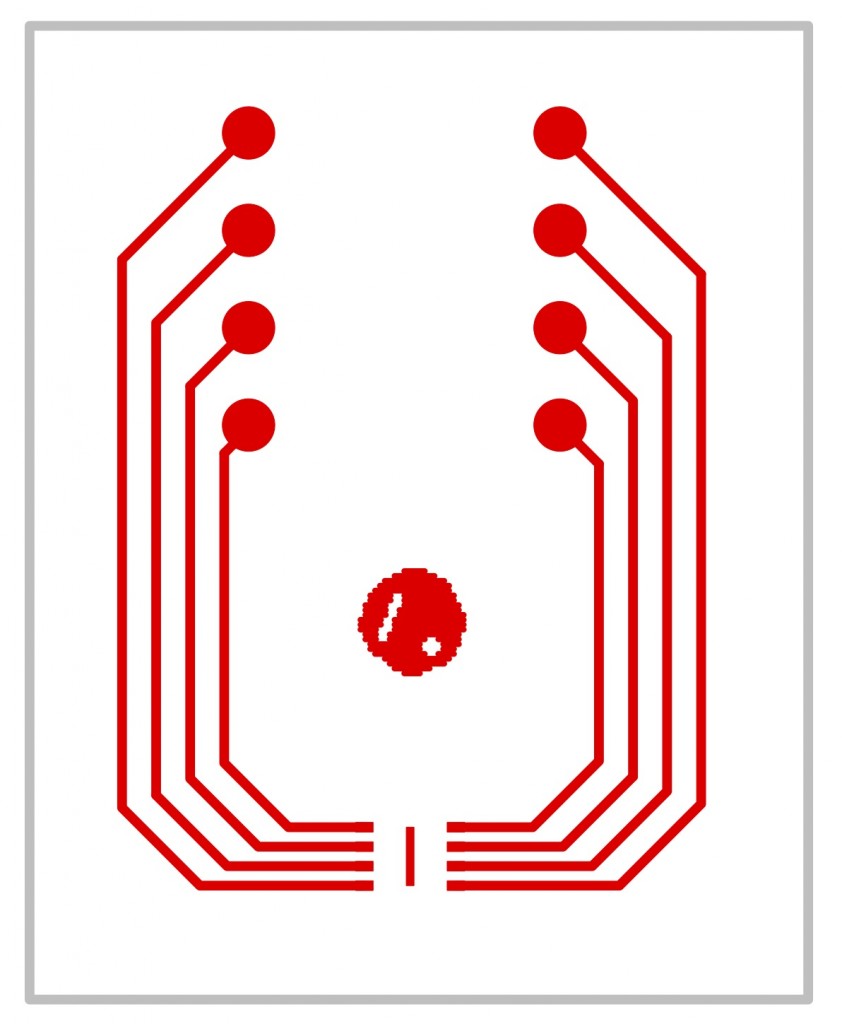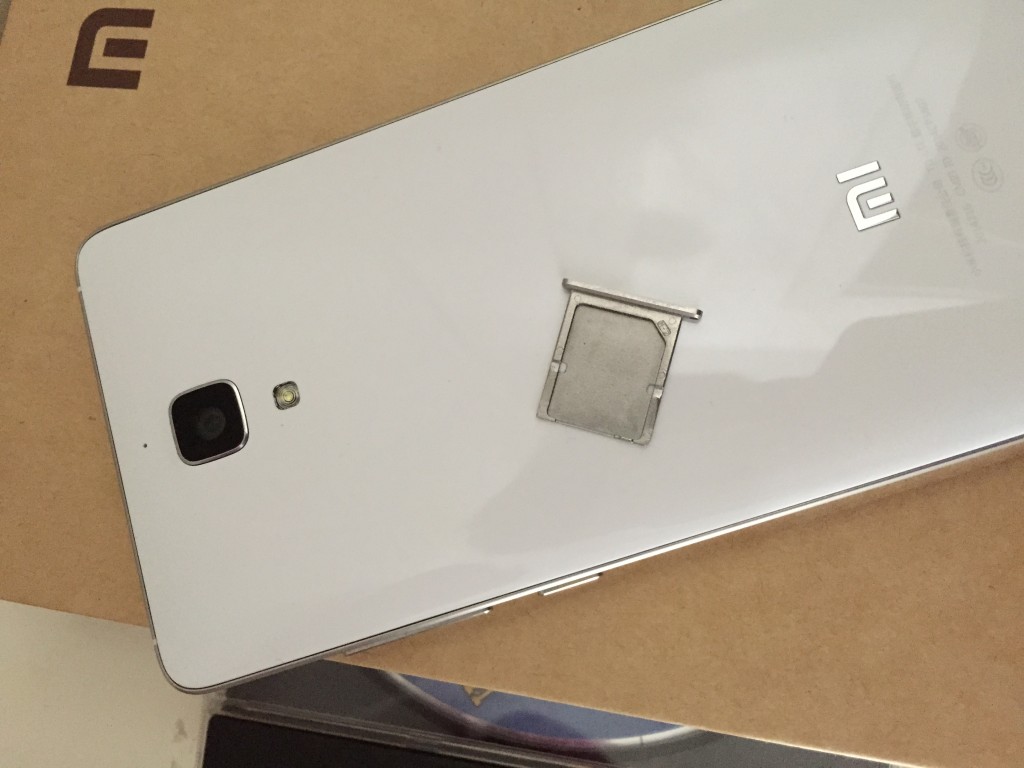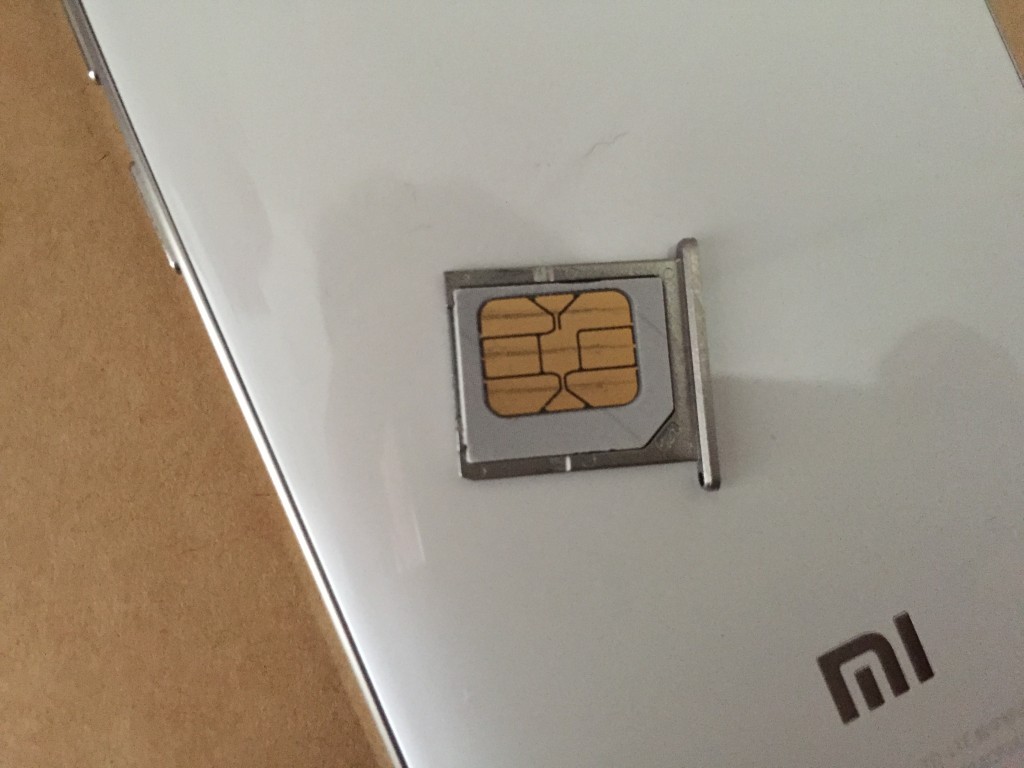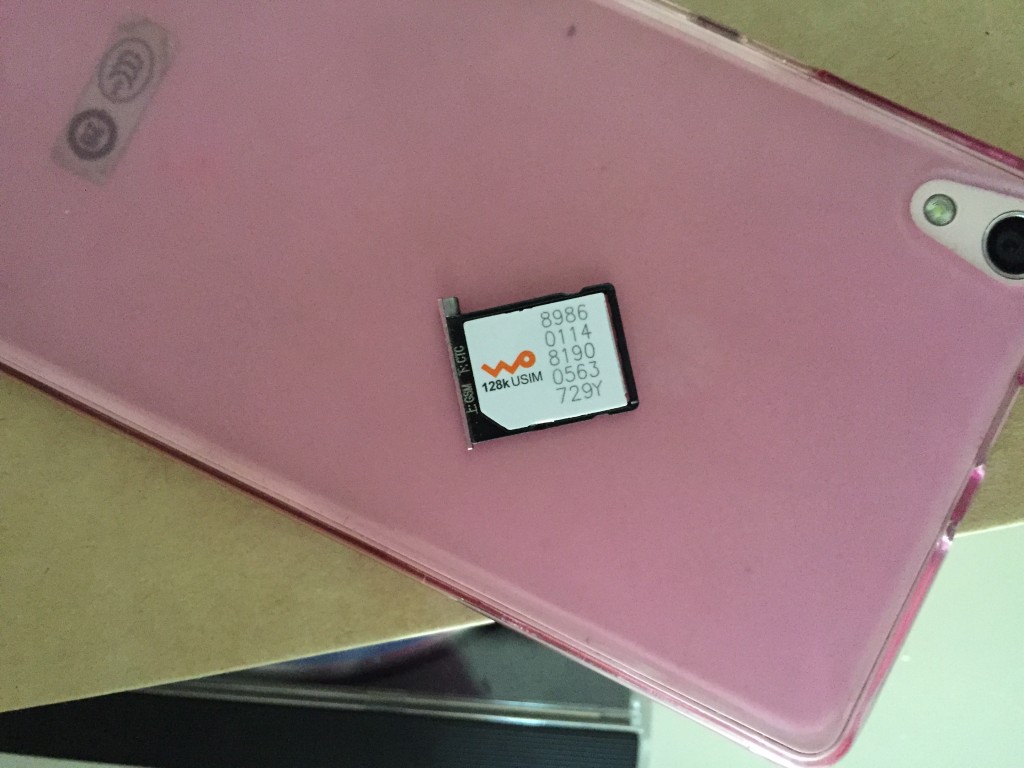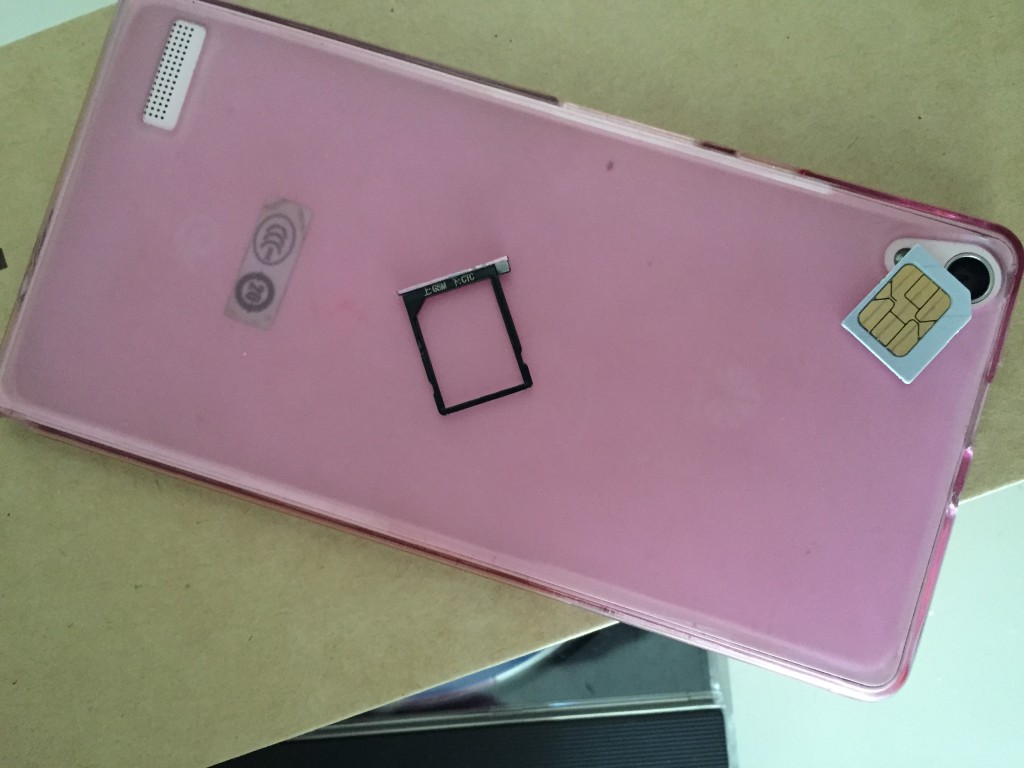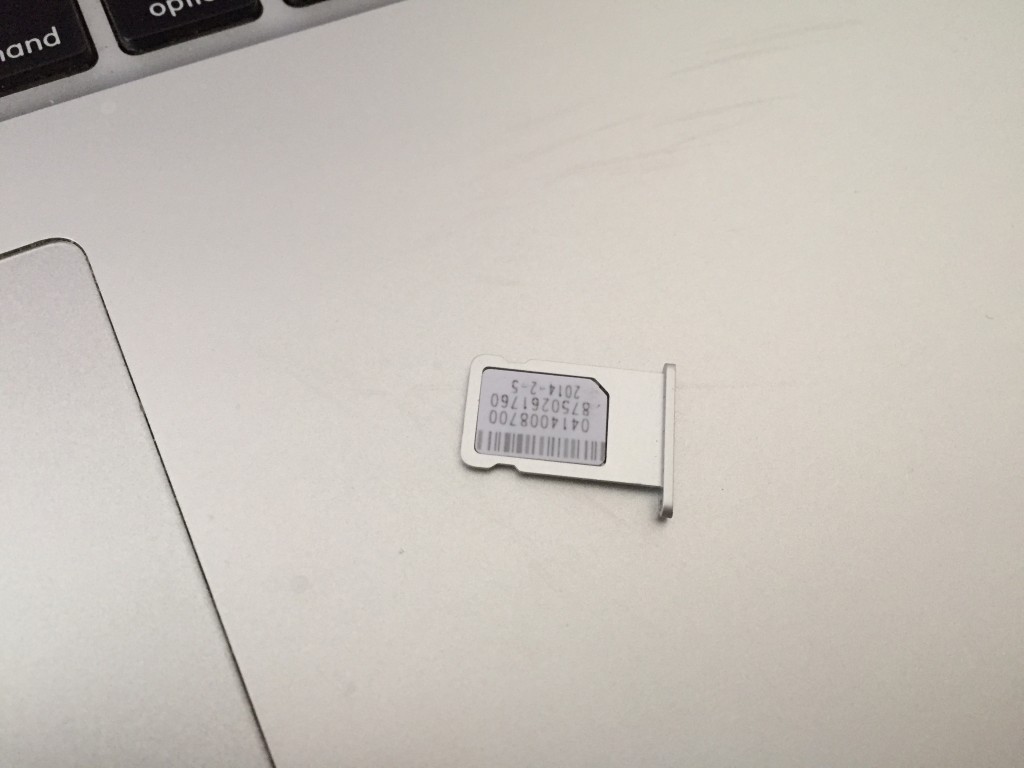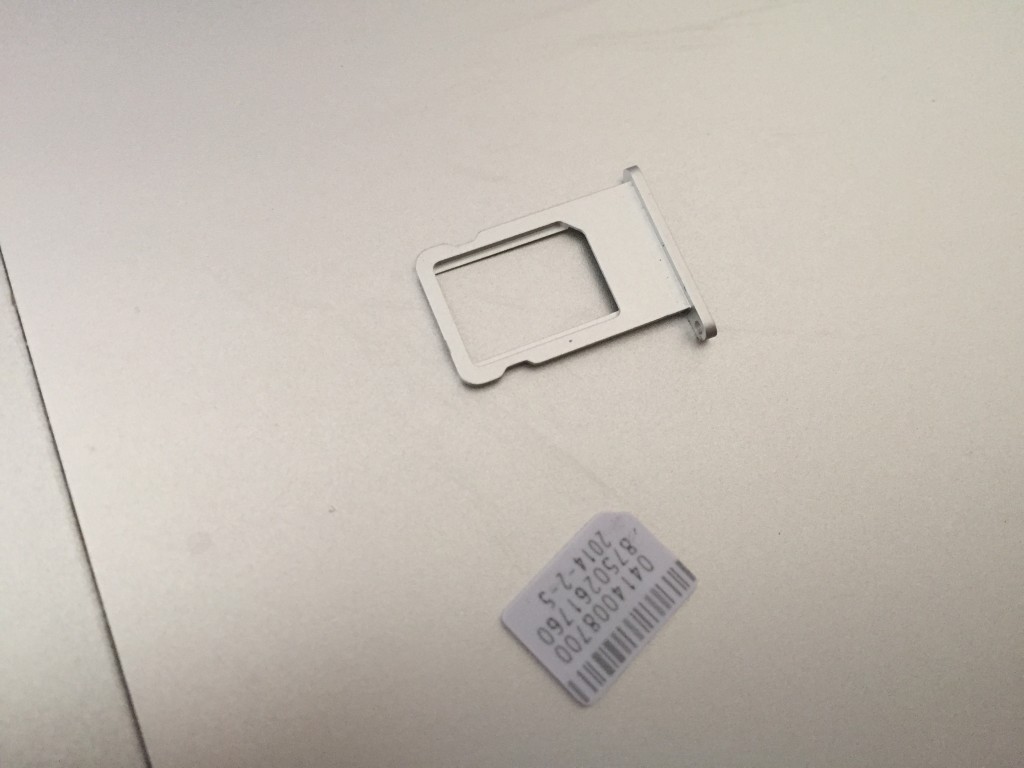🙂 This two weeks I am on a new challenge, I am not very happy with current exists HD h264 camera, so I decide to make one of my own.
MJPEG camera might easy to use, but it costs too much network resource. Only choice is usb + h264 camera, but current h264 camera is super big(40mm x 40mm) or super expansive(such as some famous camera on the quadcopter, even most of them are not h264).
My target is to make a super small(I will keep the size as a secret for now. :D), powerful(with high quality microphone), h264 HD USB webcam.
It is really hard to design…due to the digit and analog are very near each other.
I can use some tiny parts to make this come easy(my friend suggest DCDC XCL206A303AR-G which is made in Japan, its cost is really high, almost 1USD for each), but no challenge, no fun, so have to use my poor brain, design it from common parts in market 🙂
Anyway, the first version board has in factory now, good luck to myself. If everything goes smoothly, later days I will write an adapter app for it on VoCore.
Can you guess out its real size from this layout picture?
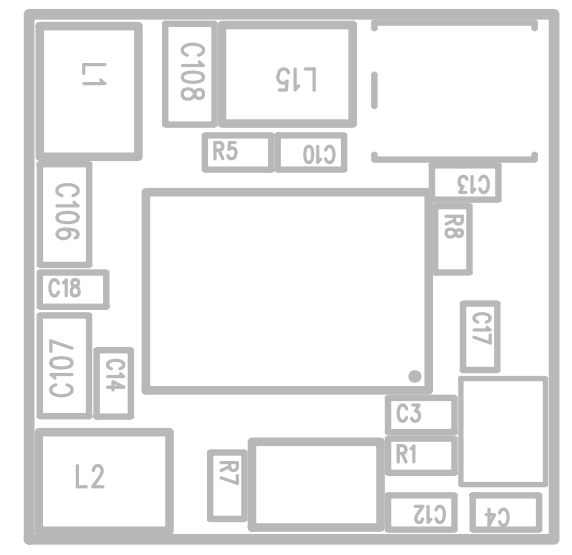
A simple adapter board for USON8 flash(just feel it looks good):
